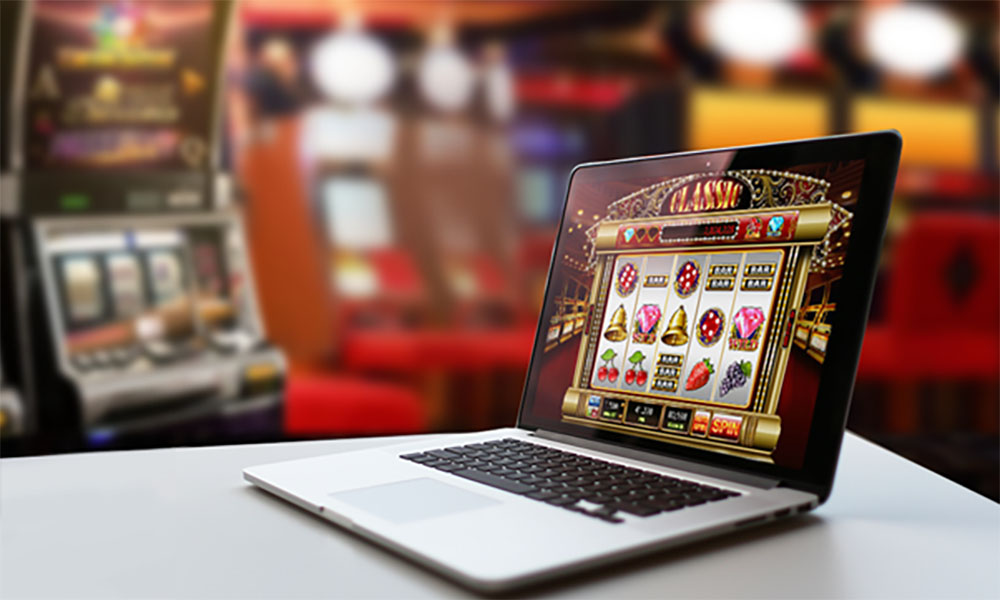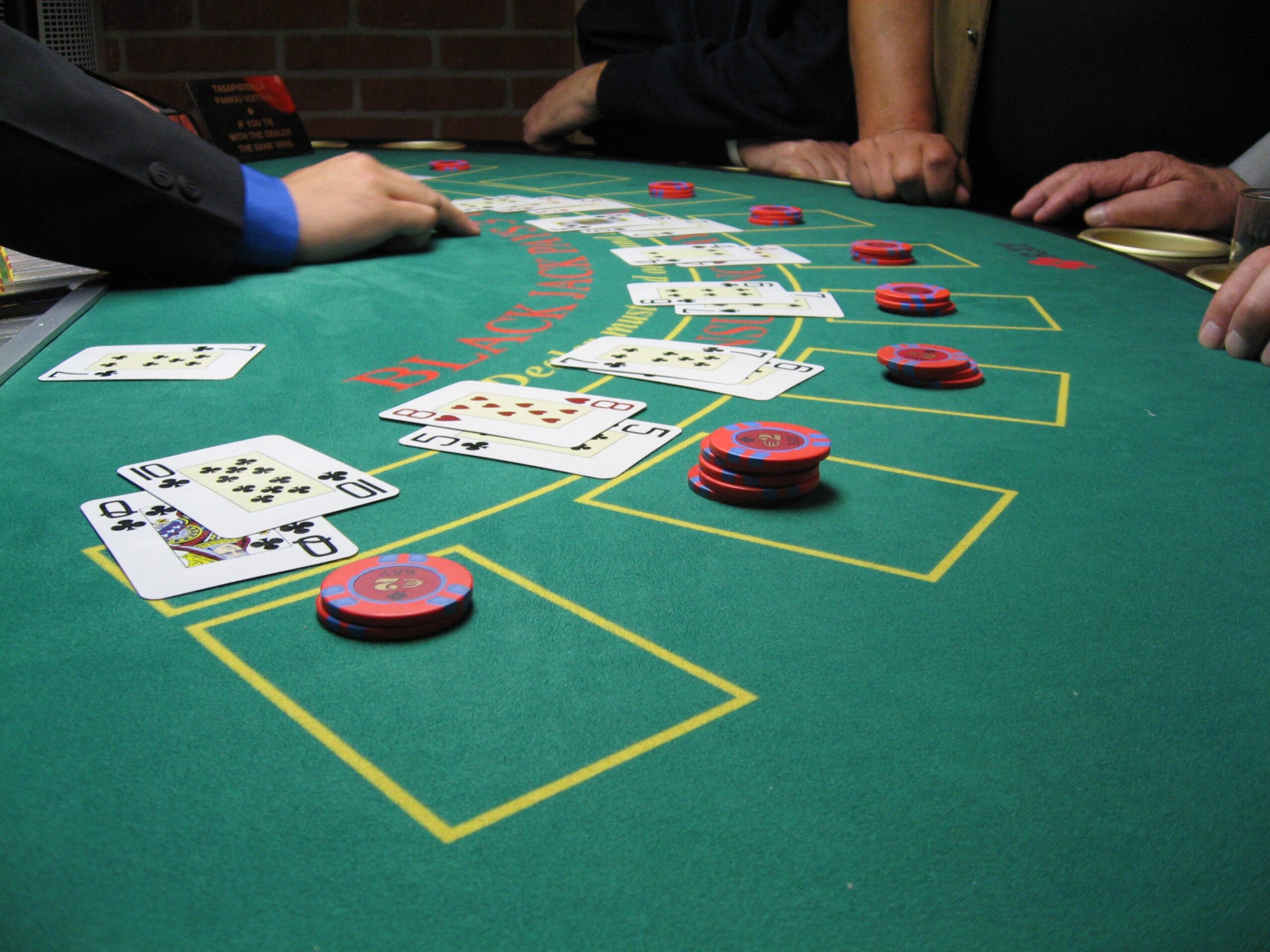Can blockchain verification enhance dice fairness confidence?

Blockchain technology has revolutionized online dice gaming by providing unprecedented transparency and verification capabilities that traditional casino systems cannot match. The immutable nature of blockchain records creates a permanent, unalterable history of every dice roll that players and operators can independently audit. Check this out as we explore how blockchain verification mechanisms transform player trust in online dice games and create a new standard for provable fairness in the digital gambling ecosystem.
Cryptographic trust foundation
Provably fair dice systems built on blockchain utilize cryptographic hash functions that convert seed data into verifiable outcomes. This process begins with creating a server seed that the casino hashes and publishes before gameplay starts. The player receives a unique client seed or provides their custom seed. These two seeds combine to generate roll outcomes through a predetermined algorithm.
The beauty of this system lies in its verification capability after the play concludes. Once gaming sessions end, players receive the original unhashed server seed, allowing them to independently verify that the outcomes matched what the original seeds should have produced. This cryptographic approach ensures that neither the player nor the casino could have predicted or manipulated results after betting occurred.
Beyond simple seed verification
- Complete transaction transparency across public ledgers
- Permanent storage of all gaming inputs and outputs
- Decentralized verification by multiple network nodes
- Elimination of single points of failure or manipulation
- Timestamped proof of exactly when each action occurred
Traditional, provably fair systems rely on the casino’s servers to store verification data, creating potential vulnerabilities. Blockchain-based verification elevates confidence by recording dice roll data directly on public ledgers independently from the gaming platform. This approach removes the need to trust any single entity while providing indisputable evidence of fair play.
Randomness sources evolve
- Block hash utilization for unpredictable inputs
- Oracle integration for external entropy sources
- Multi-party computation across distributed nodes
- Verifiable delay functions preventing outcome prediction
- Chainlink VRF implementation for provable randomness
The source of randomness remains crucial to dice fairness, and blockchain systems continue developing more sophisticated approaches. Early implementations that relied solely on block hashes proved vulnerable to minor manipulations by miners. Modern systems incorporate multiple randomness sources that combine blockchain data with external entropy to create demonstrably unpredictable outcomes.
Player verification without technical expertise
Blockchain verification initially required technical knowledge that limited accessibility for average players. Modern dice platforms now offer user-friendly verification tools that automate the complex cryptographic checking process. These interfaces allow anyone to verify their dice rolls with simple clicks rather than requiring manual hash calculations. These simplified verification portals maintain the mathematical rigor of complete cryptographic checking while presenting results in understandable formats. Players receive visual confirmations that their dice results match the cryptographic expectations, along with explanations of what the verification process checked. This democratization of verification capabilities ensures that fairness and confidence extend to all players, not just those with technical backgrounds.
Cross-platform standards emerge
The blockchain gambling ecosystem has begun developing standardized fairness protocols that work consistently across multiple dice platforms. These shared standards make verification more intuitive, as players can use the same verification process regardless of which dice site they choose to play on. Industry collaboration on these standards represents a maturing approach to fairness verification. Rather than each platform implementing unique verification systems, the community recognizes that shared protocols build broader confidence in blockchain dice gaming. This standardization trend suggests that verification will become increasingly streamlined and user-friendly as the technology evolves.





























